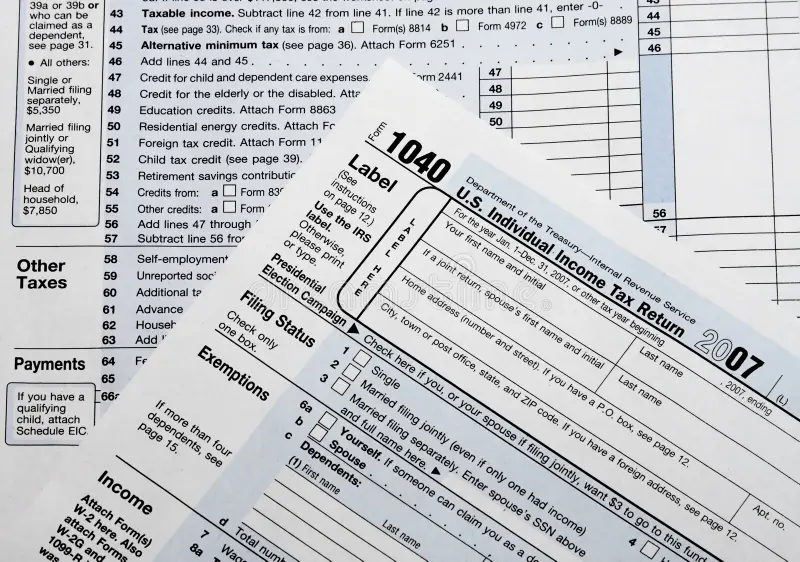Blog Details
- Home
- Blogs


For many, the mention of yearly tax filing in the USA conjures images of complex forms, myriad deductions, and the looming deadline. However, understanding the process and being well-prepared can transform tax season from a daunting task into a manageable, even empowering, experience. In this blog, we'll navigate the maze of yearly tax filing in the USA, offering insights, tips, and a roadmap to help you successfully navigate this annual financial responsibility.
Understanding the Basics:
Tax filing in the USA is an annual ritual where individuals and businesses report their income, expenses, and various financial transactions to the Internal Revenue Service (IRS). The tax year for most individuals follows the calendar year, running from January 1 to December 31.
Types of Forms:
The form you use depends on your financial situation. The most common forms for individuals are the 1040, 1040A, and 1040EZ. The 1040 is the most comprehensive, while the 1040EZ is designed for simpler tax situations.
Gathering Documentation:
Before diving into the forms, gather all necessary documentation. This includes W-2s for employment income, 1099s for various types of income, and receipts for deductible expenses. Being organized from the outset will save you time and reduce stress.
Deductions and Credits:
Understanding eligible deductions and credits can significantly impact your tax liability. Common deductions include mortgage interest, student loan interest, and medical expenses. Credits, such as the Child Tax Credit or Earned Income Tax Credit, directly reduce the amount of taxes owed.
Tax Software vs. Professional Help:
Many individuals opt for tax software to streamline the filing process. User-friendly platforms like TurboTax, H&R Block, and TaxAct guide users through the necessary steps. For more complex situations, hiring a tax professional can provide expertise and peace of mind.
Deadlines and Extensions:
The deadline for filing federal income tax returns is typically April 15. However, if you need additional time, you can file for an extension, giving you until October 15. It's important to note that an extension to file is not an extension to pay any taxes owed.
State Taxes:
In addition to federal taxes, many individuals must also file state income tax returns. State tax laws vary, so be sure to familiarize yourself with the requirements in your specific state of residence.
Tax Planning Throughout the Year:
Rather than viewing tax season as a once-a-year ordeal, consider incorporating tax planning into your financial routine. Regularly review your financial situation, make adjustments as needed, and stay informed about changes to tax laws.
Electronic Filing and Direct Deposit:
E-filing your tax return is not only convenient but also speeds up the processing time. Opting for direct deposit ensures you receive any tax refunds promptly.
Conclusion:
Yearly tax filing in the USA may seem like a complex and daunting task, but with careful preparation, a solid understanding of the process, and the right tools, it can be a manageable and even empowering experience. By staying organized, leveraging available resources, and planning ahead, you can navigate the tax maze with confidence and financial acumen. Remember, knowledge is power when it comes to taxes, and a proactive approach can turn tax season into an opportunity for financial optimization and growth.